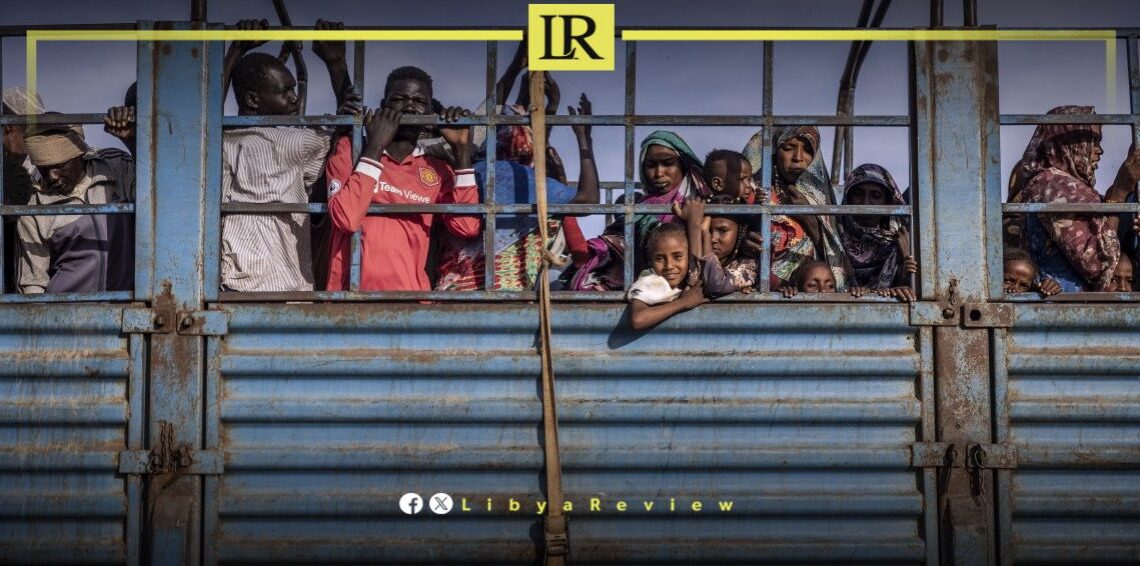A massive humanitarian crisis is unfolding as nearly 100,000 Sudanese refugees, fleeing the brutal conflict in their homeland, have crossed into Libya. This surge has overwhelmed the already fragile infrastructure of the war-torn nation, leading the International Rescue Committee (IRC) to declare an emergency in southern Libya.
Since the outbreak of war in Sudan in April 2023, civilians have been caught in the crossfire between the Sudanese military and the Rapid Support Forces (RSF) militia. The conflict has devastated Sudan, forcing millions to flee their homes. As the situation continues to deteriorate, tens of thousands are making the perilous journey across the Sahara Desert to seek safety in Libya.
Jared Rowell, Country Director for IRC Libya, described the harrowing conditions these refugees face: “People from Sudan have faced unimaginable trauma whilst fleeing conflict. They arrive in southern Libya severely traumatized, malnourished, and often needing medical care. Our teams have reported that large numbers of families, along with unaccompanied children and survivors of gender-based violence, are arriving in Libya. This situation underscores the urgent need for a comprehensive protection response.”
The IRC has provided vital medical care to over 17,000 Sudanese refugees, most of whom are women and girls. However, the ongoing influx—estimated at 2,500 to 3,000 new arrivals each day—has stretched resources thin. The organization warns that without immediate international aid, the situation could spiral further out of control.
The war in Sudan has created one of the worst humanitarian disasters in recent history. The conflict has displaced over 12 million people, with nearly 2 million fleeing to neighboring countries. Chad has absorbed 600,000 Sudanese refugees, and Libya now faces a similar challenge.
The death toll from the conflict is difficult to quantify, with estimates ranging from 15,000 to 150,000. The situation in Darfur is particularly dire, with famine conditions pushing parts of the region toward what the United Nations has termed a “catastrophe” level of hunger.


